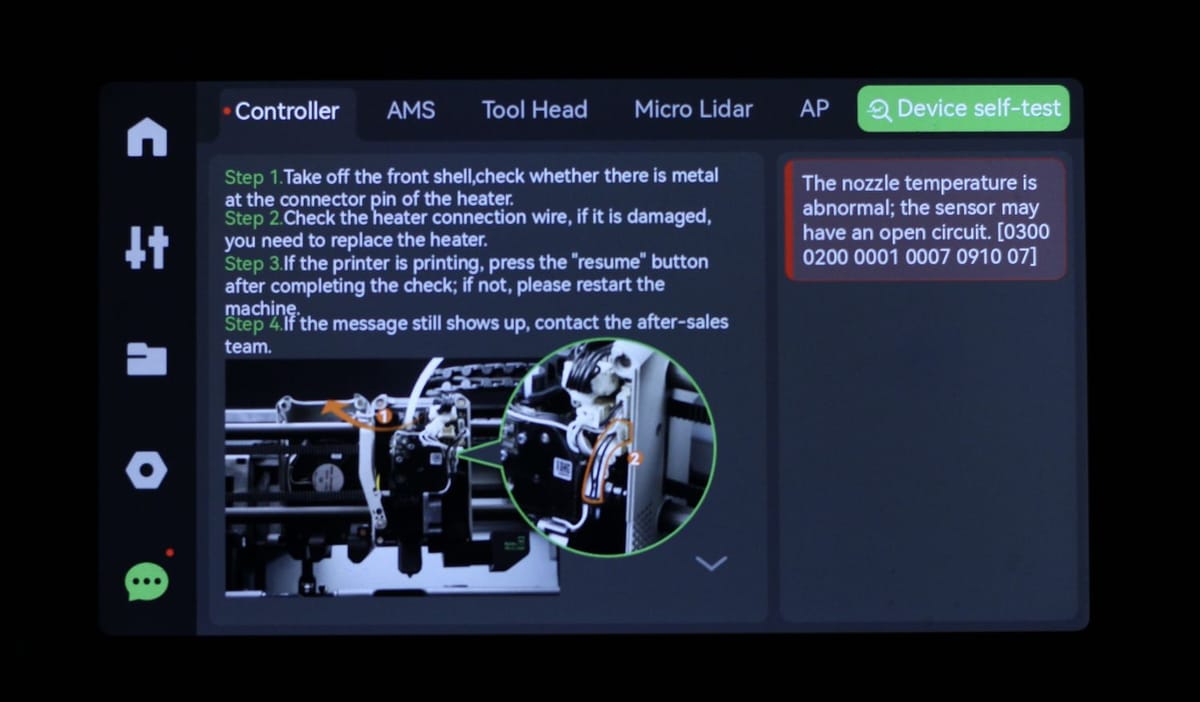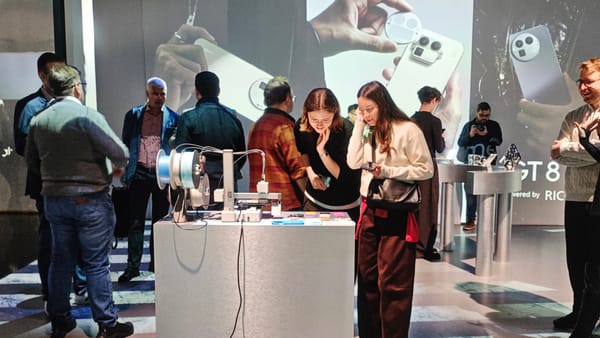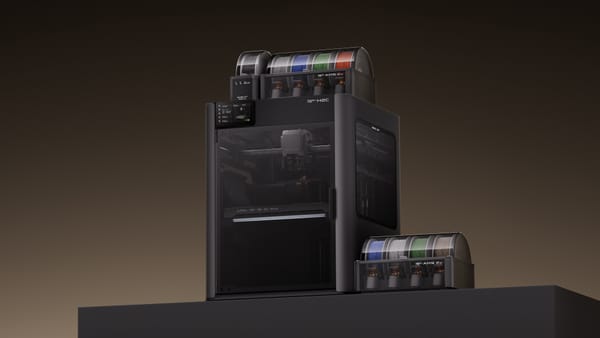Thermal Runaway?

There has been discussion online after Nero3D performed some tests in his recent livestream about the way Thermal Protection works on our printers. We thank him for the detailed testing, but we believe that there has been some misunderstanding on this matter.
- There is thermal runaway protection in the software, and it does work.
- First and most important of all, the printer is safe, even if the software protection fails.
And let us explain this in more detail.
Hardware passive thermal runaway protection by design
In the most extreme scenario, where the thermistor fails to read out a proper temperature, for example, if it is pulled out from the hotend and at the same time the software protection fails to kick in, the ceramic heater will be heated to the highest voltage, which is 24V and its temperature will increase.
Due to the properties of the heater, the higher the temperature, the higher the resistance. It is a convergent system and acts as a passive protection. The hotend can only reach a maximum temperature of around 400 C, depending on the temperature of the environment, and would remain at that value.
For the printer, the only consequence of this is that the filament in the nozzle will be heated up to the point that it degrades and emits smoke. It is not hot enough to cause a fire, and the printer will not receive any permanent damage.
Please note that this is an assumed extreme scenario which we only encounter in error induction experiments. We have software protection which will prevent this from happening.
Thermal runaway protection in software
In reality, there are multiple software protections in place. The easiest case is when the thermistor is unplugged from the connection board; here, the MCU will notice it immediately and cut the power of the heater after 5 seconds. And the HMS will sound the alarm and give you solutions.

The most difficult case is when the thermistor still gives a reading, but it does not reflect the temperature of the hotend (ex: The thermistor is not in the hotend).
To protect the system from false readings, the MCU on the tool head monitors the heating power and the temperature reading and compares it to a thermal model prediction. For example, if the heater is heating at maximum power, but the temp reading is not increasing accordingly, the system will consider this as abnormal. If this abnormality continues long enough (set to 3 minutes now), the software protection will kick in and kill the power to the heater.
Why do we set it to 3 minutes instead of 3 seconds?
Because a very sophisticated thermal mode in the MCU is challenging, and it is difficult for the system to understand external uncertainties. Perhaps the silicon sock has been temporarily pulled off, or the user is tinkering with the hotend, maybe trying to unclog it with some metal tools which drain heat from the hotend. Since the system is safe and there is no fire hazard, we set the protection to 3 minutes to avoid false alarms ruining a print.
When performing an error induction experiment, such as pulling the thermistor out of the hotend, wait for 3 minutes, and you will notice the protection kicking in and a HMS message on the screen. So, the "lack of thermal runaway protection" is a simple misunderstanding.

We double-checked everything
After we saw online comments concerning thermal runaways, we set up experiments to double-check all the protections, and we've confirmed that all the passive and active protections are functioning as expected.
We know a smoking hotend is scary and we should avoid it even if it does not lead to a fire. We will implement a more sophisticated thermal model to the software and work to shorten the delay before protection kicks in.
Community comments
We thank everyone that reported this issue, and we are happy to see all the feedback coming from the community, which helps us improve our products. It's great to know that we have a user base that cares so deeply about our products and our community. We will always welcome constructive suggestions and ideas from our community.




